We’re back with another comparison – this time around, we’re facing off Google’s upcoming Pixel 6a against the Apple iPhone 13. While both phones ultimately serve the same purpose – giving you access to a pocket computer with smart communication features and more – they each come with their own strengths and weaknesses.
Essentially, the Pixel 6a is designed to compete with other mid-range Android handsets, while the iPhone 13 is Apple’s base-model flagship in its current device lineup. With that said, each device has its own appeal. Let’s take a look and see what they offer.
Operating System
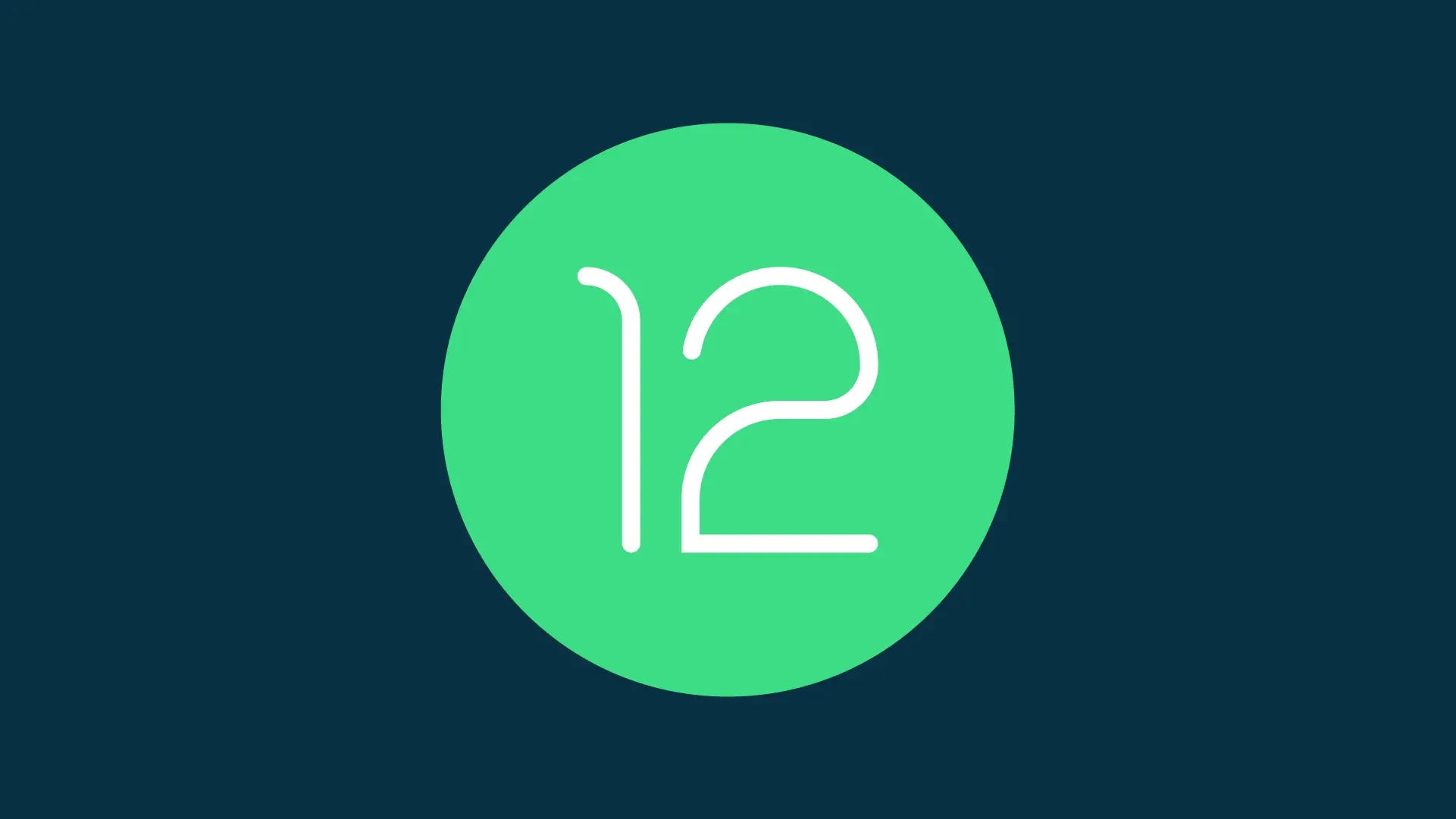
This is probably the biggest difference between the two phones. Simply put, the Pixel 6a runs on Google’s Android operating system which is currently on its 12th version, while the iPhone 13 is equipped with Apple’s iOS platform, currently in its 15th iteration. While both operating systems work similarly, there are certain differences both in terms of functionality and appearance, most of which would probably take an entirely new article just to explain the differences.
To make things simple, one big advantage of iOS is that it works very seamlessly with other Apple devices. The Cupertino-based company has beautifully designed its operating system to integrate nicely with its other products. For example, if you use a MacBook, or an iPad or Apple Watch (or all combined), then the iPhone will be a great choice as your data, work, and apps are synchronized between all devices. One thing to note is that Apple is all about its “walled garden” structure, which means that tinkering or in-depth customization of an iPhone’s system files and whatnot is a task that’s not easily pulled off.
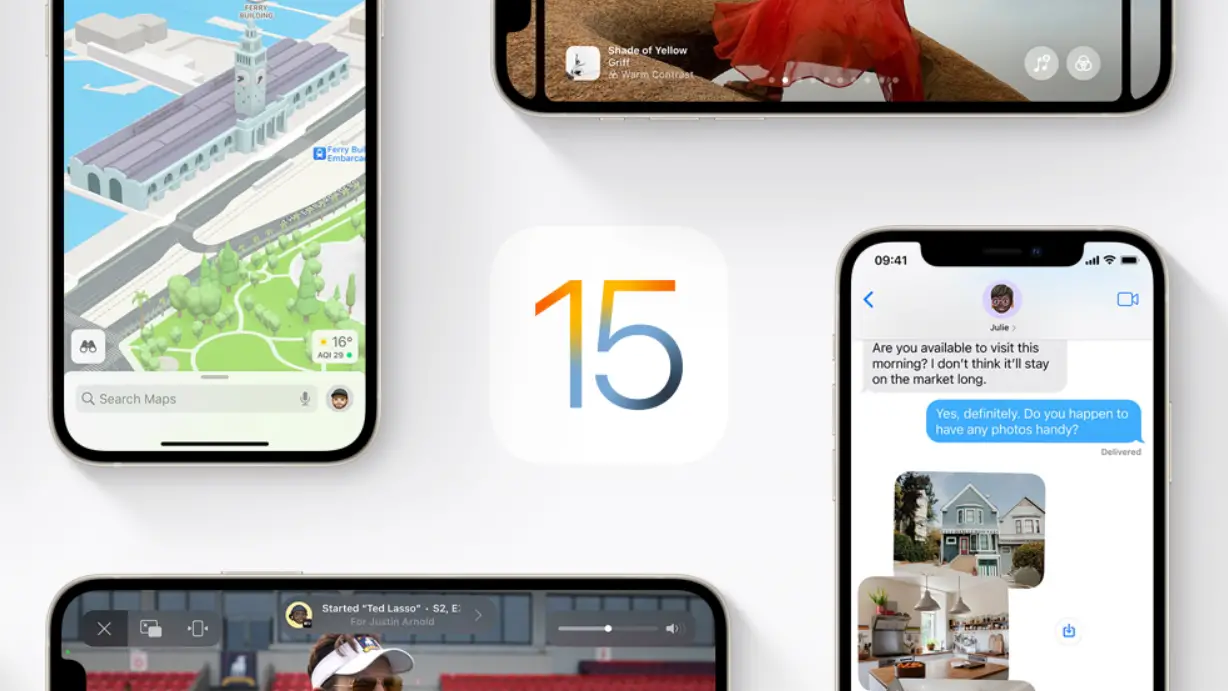
On the other hand, Android operates in a way that lets you customize and work with everything on your phone – from custom icons, to more in-depth system settings. Google gives users a lot more freedom with their devices, to the point where you can enable “Developer Options” on a phone, and work around with the different software options on a level that you usually won’t get with an iPhone.
And while iOS now features more options to customize your homescreen, for example, it still lacks the full-on customizability found on Android, especially with its ability to work with launchers, icon packs, custom widgets, and more. However, Android still has to introduce a fully seamless first-party ecosystem – although Google is working to change that soon.
Design and Display
Another major point of difference between the two phones is the hardware design. the Pixel 6a takes after Google’s Pixel 6 and 6 Pro handsets, which introduced a vastly different overall look from the company’s earlier smartphones. The new Pixel handsets now have a more rectangular look, with metal railings and a glossy design at the back. in the case of the 6a, the back is made out of a specialized plastic material, instead of the Gorilla Glass panels on the 6 and 6 Pro.
The signature camera bar is also present, which differentiates it from the rest of competing Android smartphones out there.
![]()
The front of the phone features a 6.1-inch OLED display with Gorilla Glass 3. While the OLED panel ensures that colors on the display will look vibrant, it should be said that the screen only comes with a basic 60Hz refresh rate, as opposed to the 90 and 120Hz refresh rates on the Pixel 6 and 6 Pro, respectively. It does feature Always-On Display, which is a feature often sought after on a lot of Android handsets.
By comparison, the iPhone 13 comes with scratch resistant glass panels on both the front and back, surrounded by a metal frame around the sides – there’s no room for plastic on this phone. As with Apple’s flagships, the iPhone 13 features a similar-looking design, same button placements, and the same notch. While the notch does contain the hardware needed for Apple’s Face ID technology and front-facing cameras, it has nevertheless remained a divisive topic among smartphone enthusiasts, and the choice between the Pixel 6a’s minimalist hole punch camera and the infamous notch will mostly be a subjective matter.
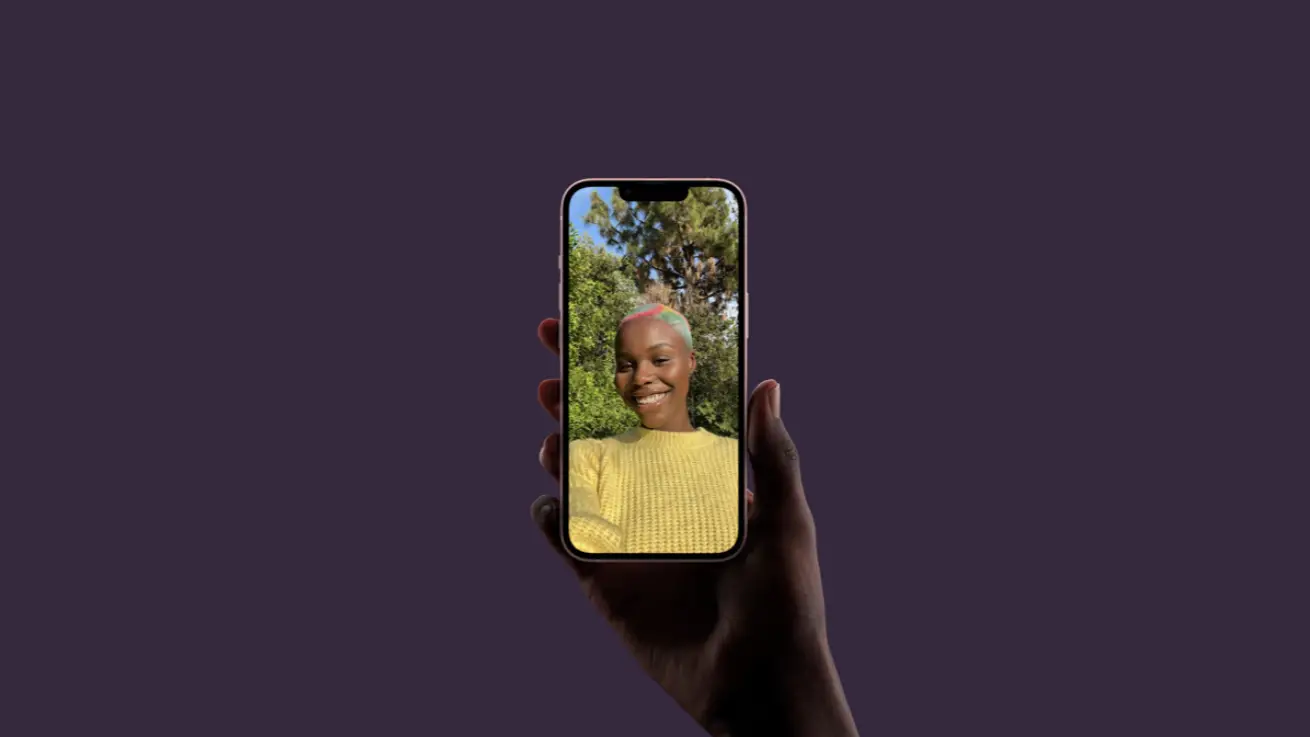
In terms of display technology, the iPhone 13’s screen is slightly similar to the Pixel 6a’s. Both phones have a 6.1-inch OLED display with a basic 60Hz refresh rate, although the iPhone has a slight advantage in resolution with 1170 x 2532 pixels, as opposed to the Pixel 6a’s 1080 x 2400 pixel resolution.
Processor and Performance
Both phones come with very capable processors. The Pixel 6a will come equipped with Google’s Tensor chipset, which was the same processor introduced in the Pixel 6 and 6 Pro. The chipset does have very impressive performance, and based on my time using the Pixel 6, I had a mostly fluid experience (Android 12 bugs not counted), strictly based on performance speed. Apps and games loaded quickly, UI navigation was smooth, and the 8GB of RAM really helped provide for an overall smooth experience.
While the Pixel 6a only comes with 6GB of RAM in comparison, Google has nonetheless done a great job of optimizing its A-series smartphones to work with limited RAM.
Apple likewise equips its phones with its own chipset, in the form of the Apple A15 Bionic. The company’s chipsets have always been great at battery efficiency and performance, and the A15 is no exception. It’s the same chip that powers the iPhone 13 and 13 Pro models, and it’s proven to be a good upgrade over last year’s Apple chips. There’s only 4GB of RAM onboard the iPhone 13, but as with the Pixels, Apple’s hardware and software optimization is nothing to scoff at, making sure that you get a good user experience with the iPhone.
Cameras

When it comes to camera hardware, both phones share near-identical specs – on the back of each handset is a 12-megapixel main camera (12.2 on the 6a), and a secondary 12-megapixel ultrawide lens. The low hardware specs mean little though – both phones more than make up for the 12-megapixel lenses by offering very competent computational photography. Google’s Portrait and Nightsight modes can get you great shots at the press of a button, and if past Pixel phones are any indication, then the 6a is looking to be a great casual point-and-shoot camera phone.
![]()
While the Pixel excels in casual mobile photography, the iPhone 13 offers you more in-depth camera controls and composition. In the end though, both devices offer tons of shooting modes, and it will be up to individual tastes in determining which phone to go with.
Now, both phones can record up to a maximum of 4K video resolution at 60 fps, although Apple’s video quality has always been one of the best in the industry, and other features such as Dolby Vision HDR add a lot of value to the hardware. On the other hand though, Google has also done a nice job in improving the video quality on its newer phones.
Battery
In terms of battery capacity, the Pixel 6a has a definite advantage over the iPhone 13. The 6a comes with a 4,410 mAh battery, which is considerably larger than the 3,240 mAh battery inside the iPhone 13. Compared to a lot of high-powered smartphones, iPhones and Pixels have been known for their slightly better battery life.
But as far as pure hardware goes, it’s clear that you’re getting a lot more juice with the Pixel 6a.
Price and Availability
The Pixel 6a will launch in July at $449, making it more affordable than the Pixel 6 and 6 Pro that are currently available right now. It’s also a lot cheaper than the iPhone 13, which is currently priced at $799 for the base model.
It’s clear that both phones have different strengths. As mentioned earlier, personal preferences will play a major role in deciding which device to get, and elements like price of course are one big consideration.
What do you think? What’s the biggest factor in choosing either phone for you? Let us know in the comments below.

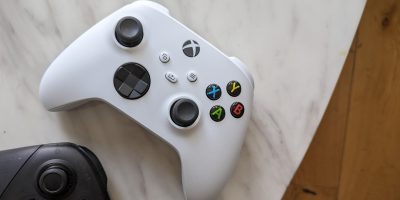
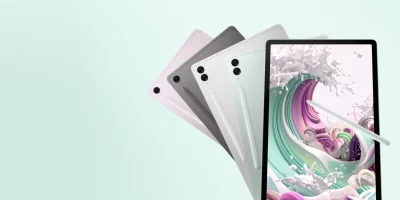
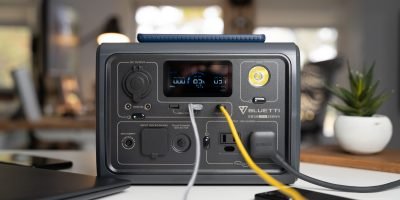
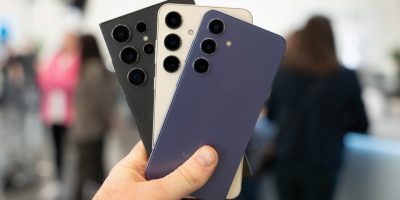
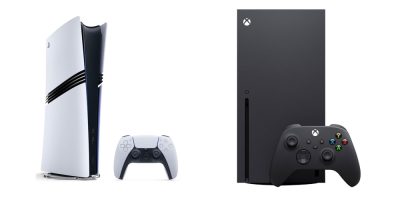
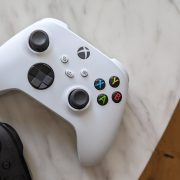
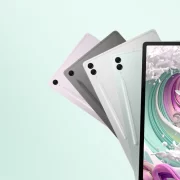
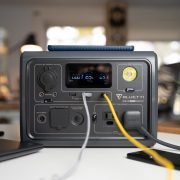

Comments